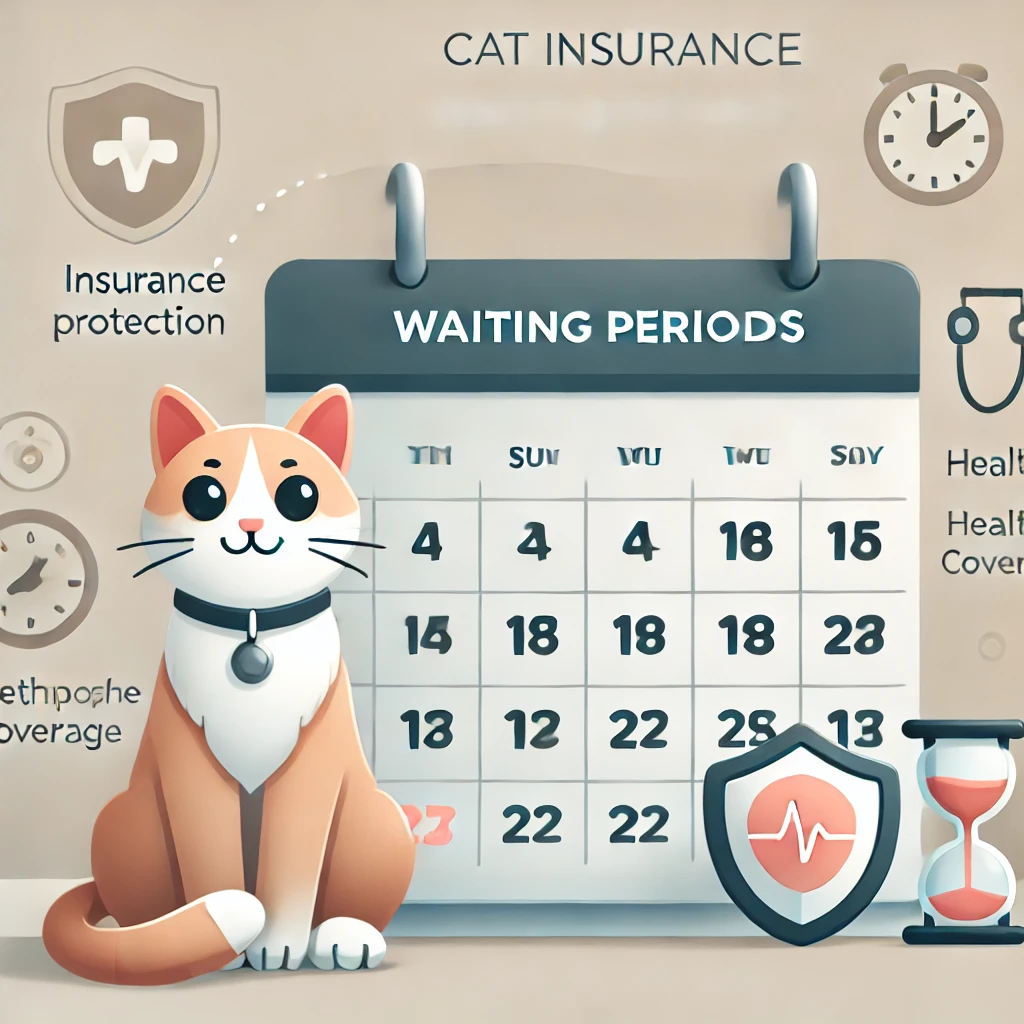
When you sign up for cat insurance, a waiting period is often part of the deal. This is the time you must wait after purchasing a policy before your cat’s coverage begins. While it may seem like a minor detail, understanding waiting periods is essential for making the most of your cat insurance policy. Let’s dive into what waiting periods are, why they exist, and whether you can find policies with immediate coverage.
What Are Cat Insurance Waiting Periods?
A waiting period is a designated time frame after policy activation during which claims are not eligible for reimbursement. Waiting periods typically apply to illnesses, accidents, and specific conditions depending on the policy.
Common Waiting Periods:
- Accident Coverage: 1–3 days on average.
- Illness Coverage: 14–30 days.
- Special Conditions (e.g., orthopedic issues): 6 months or longer.
Why Do Waiting Periods Exist?
Insurance providers implement waiting periods to reduce fraudulent claims and ensure fairness. For example, they prevent pet owners from enrolling in a policy to cover an already existing condition or an immediate, anticipated expense.
Can You Find Cat Insurance with No Waiting Period?
While rare, some insurance providers offer policies with little to no waiting periods for accidents or specific scenarios. However, these plans may come with higher premiums or limited coverage.
Options for Immediate Coverage:
- Accident-Only Policies: These often have no waiting period and provide quick coverage for unforeseen injuries.
- Wellness Plans: Preventive care plans might not include a waiting period but typically don’t cover illnesses or accidents.
When searching for “cat insurance immediate cover,” look for promotions or short-wait policies that cater to urgent needs.
What to Consider When Choosing Cat Insurance
- Understand Coverage Exclusions:
- Waiting periods don’t apply to pre-existing conditions as these are generally excluded from all policies.
- Compare Providers:
- Some companies, like Trupanion, focus on streamlined claims but maintain standard waiting periods.
- Wellness-focused providers may waive waiting periods for specific services like vaccinations.
- Assess Your Cat’s Needs:
- If your cat is prone to accidents or illnesses, prioritize policies with shorter waiting periods for those conditions.
How to Bridge the Waiting Period Gap
If waiting periods are unavoidable, here are some tips to ensure your cat is protected in the meantime:
- Emergency Fund: Set aside money for unexpected veterinary expenses during the waiting period.
- Short-Term Wellness Plans: These can cover routine care while you wait for full coverage to begin.
Conclusion
Understanding waiting periods is crucial for managing your expectations when signing up for cat insurance. While immediate coverage is rare, knowing the typical time frames and exploring accident-only or wellness plans can help you find the best policy for your pet.